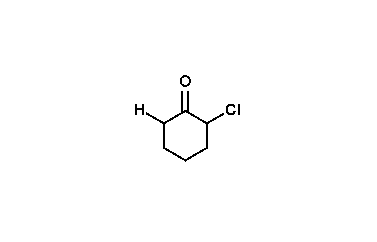Contents
| Favorskii rearrangement | |
|---|---|
| Named after | Alexei Yevgrafovich Favorskii |
| Reaction type | Rearrangement reaction |
| Identifiers | |
| Organic Chemistry Portal | favorsky-reaction |
| RSC ontology ID | RXNO:0000385 |
The Favorskii rearrangement is principally a rearrangement of cyclopropanones and α-halo ketones that leads to carboxylic acid derivatives. In the case of cyclic α-halo ketones, the Favorskii rearrangement constitutes a ring contraction. This rearrangement takes place in the presence of a base, sometimes hydroxide, to yield a carboxylic acid, but usually either an alkoxide base or an amine to yield an ester or an amide, respectively. α,α'-Dihaloketones eliminate HX under the reaction conditions to give α,β-unsaturated carbonyl compounds. [1] [2] [3] [4] [5] Note that trihalomethyl ketone substrates will result in haloform and carboxylate formation via the haloform reaction instead.




